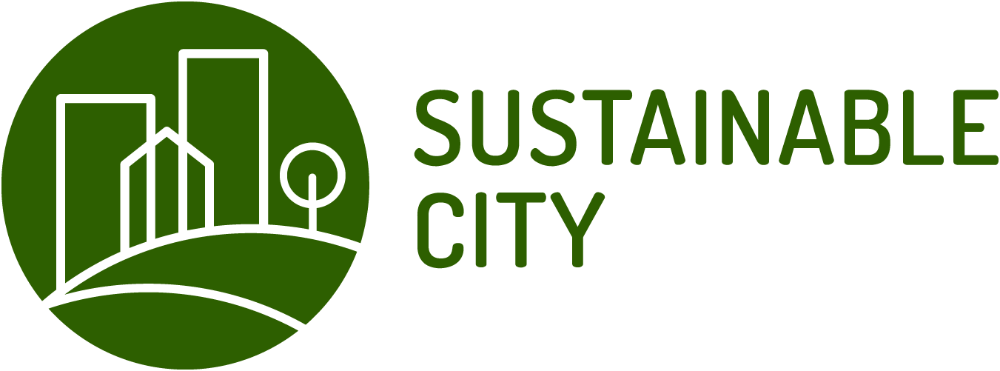Urban green areas generate wellbeing and carbon sequestration in the Tampere region

The Tampere region is aiming to achieve carbon neutrality by 2030. According to the plan, emissions will be decreased by 80 per cent, while the remaining 20 per cent will be removed by carbon sinks or offset through other means. The emissions reduction measures are based on the region’s strategy, LHT (land use, housing and transport) agreement and climate strategy. The municipalities in the urban region have also applied for membership in the HINKU forum, a network of municipalities aiming for carbon neutrality.
The Tampere region has developed its “Carbon sinks and local green areas in growing urban areas” project as a result of sparring activities arranged by the Ministry of the Environment’s Sustainable City programme. The project’s measures include assessing the potential of the region’s urban and rural green areas to function as carbon sinks. The project also aims to increase residents’ awareness of the wellbeing benefits of local green areas. A further goal is to increase the amount of local green space and ensure that green areas are preserved in the growing urban region.
To accelerate the implementation of the project, the municipalities in the region have set climate goals for municipal operators in various sectors. The urban region has also assessed its green infrastructure from the perspectives of ecology, recreation, land use planning and the climate. Next, Tampere will begin an assessment of the climate impacts of different community structures. The goal is to broaden the assessment to include the entire region in the future. The region’s carbon sink assessment will be completed in 2019. And that’s not all – the region is now starting a campaign to raise awareness among housing companies, residents of single-family houses, companies and municipalities of the benefits of local green areas in cooperation with Ekokumppanit Oy. Plans for the campaign include arranging a variety of events, drawing up guidelines and developing a map-based game.
“Carbon sinks and local green areas in growing urban areas” is an ambitious project being carried out by all eight municipalities in the Tampere region. Working with such a broad range of operators poses its own challenges for coordinating the work, and project funding has been sought from many different sources. Calculating carbon sinks is also very complicated, and there is no established tool in place for calculating the carbon sink capacity of urban green areas. As a result, Tampere has had to develop its own new methods.
“I hope our experiences can benefit other urban regions, as the need to calculate carbon sinks will definitely increase in the future throughout the country. In order to develop a broader set of tools, we also need support at the state level,” says Ritva Asula-Myllynen, Development Manager at the Tampere City Region.
Contact: Ritva Asula-Myllynen, [email protected]



